Despite relentless pushback from climate skeptics who downplay the urgency of global warming, evidence continues to mount showing that Earth's ice is disappearing faster than previously understood. A 2021 study highlights a dramatic acceleration in global ice loss, increasing from about 760 billion tons annually in the 1990s to more than 1.2 trillion tons per year during the 2010s. Complementing these findings, a NASA-supported study reveals troubling vulnerabilities in Greenland's ice sheet, particularly in 74 significant glaciers rapidly deteriorating due to warmer ocean waters.
Earth is now losing 1.2 trillion tons of ice each year. And it’s going to get worse. https://t.co/BIMp9ErjHa
— The Washington Post (@washingtonpost) January 26, 2021
Surprisingly, the magnitude of these changes—and their long-term impact on rising sea levels—still tends to be underestimated. Eric Rignot, a glacier expert at NASA's Jet Propulsion Laboratory and the University of California, Irvine, explained the severity to The Washington Post, stating, "It's like cutting the feet off the glacier rather than melting the whole body. You melt the feet and the body falls down, as opposed to melting the whole body. I think this is an example that the current projections are conservative. As we peer below we realize these feedbacks are kicking in faster than we thought."
The rapid ice loss highlighted by these studies aligns closely with the Intergovernmental Panel on Climate Change's (IPCC) worst-case scenarios for sea-level rise. Yet, the NASA-supported research indicates even these grim forecasts might not fully capture the true severity awaiting us.
Several years ago, to underscore the gravity of this situation, National Geographic collaborated with global scientific institutions to create a compelling visual scenario depicting Earth's future if all ice melted, causing sea levels to soar by an astonishing 216 feet. This scenario considers melting of ice currently trapped in glaciers, ice sheets, oceanic, and freshwater bodies.
An alarming video from Business Insider, referencing National Geographic's calculations, vividly illustrates the catastrophic outcomes. Numerous iconic European cities, including Brussels and Venice, would be completely submerged. In Africa and the Middle East, coastal cities such as Dakar, Accra, and Jeddah would vanish underwater, triggering widespread displacement. Major Asian urban centers like Mumbai, Beijing, and Tokyo would experience catastrophic inundation, forcing millions inland.
In South America, vibrant cities like Rio de Janeiro and Buenos Aires would similarly vanish beneath the ocean. Meanwhile, in the United States, global observers would witness major cities such as Houston, San Francisco, and New York City, as well as the entire state of Florida, succumbing to the sea.
The unsettling images presented in the video clearly convey a critical warning: continued reliance on fossil fuels and escalating carbon emissions are fundamentally reshaping our planet. Reinforcing this point, a study published in Science Advances by researchers from the U.S., U.K., and Germany cautions that current fossil fuel reserves alone have the potential to eliminate the Antarctic ice sheet entirely.
- YouTubewww.youtube.com
Lead author Ricarda Winkelmann from the Potsdam Institute for Climate Impact Research offered a stark perspective: "This would not happen overnight, but the mind-boggling point is that our actions today are changing the face of planet Earth as we know it and will continue to do so for tens of thousands of years to come." Winkelmann adds a crucial message for immediate action: "If we want to avoid Antarctica to become ice-free, we need to keep coal, gas, and oil in the ground."





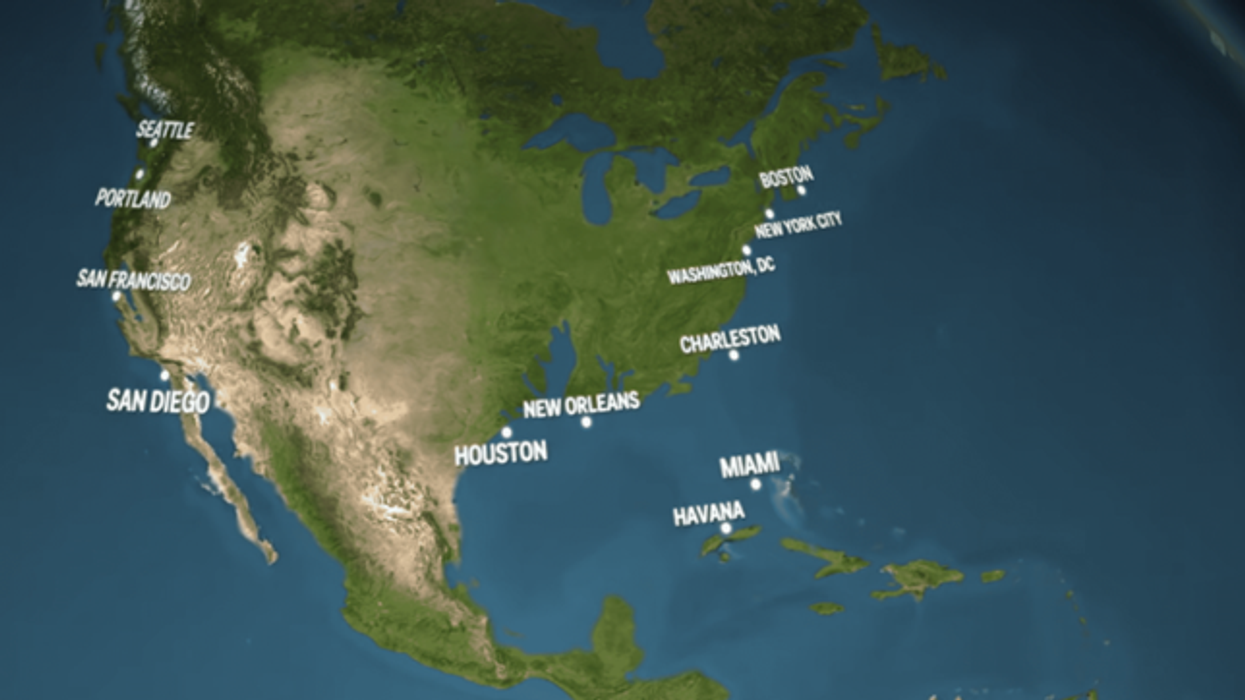

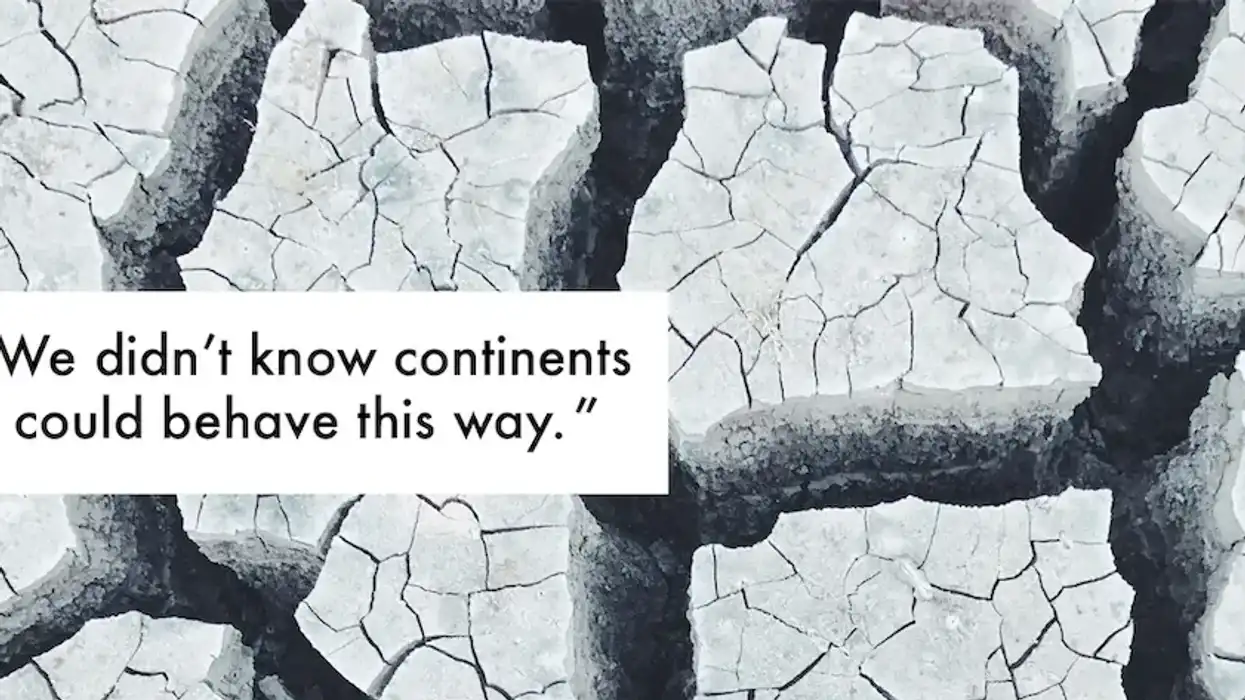


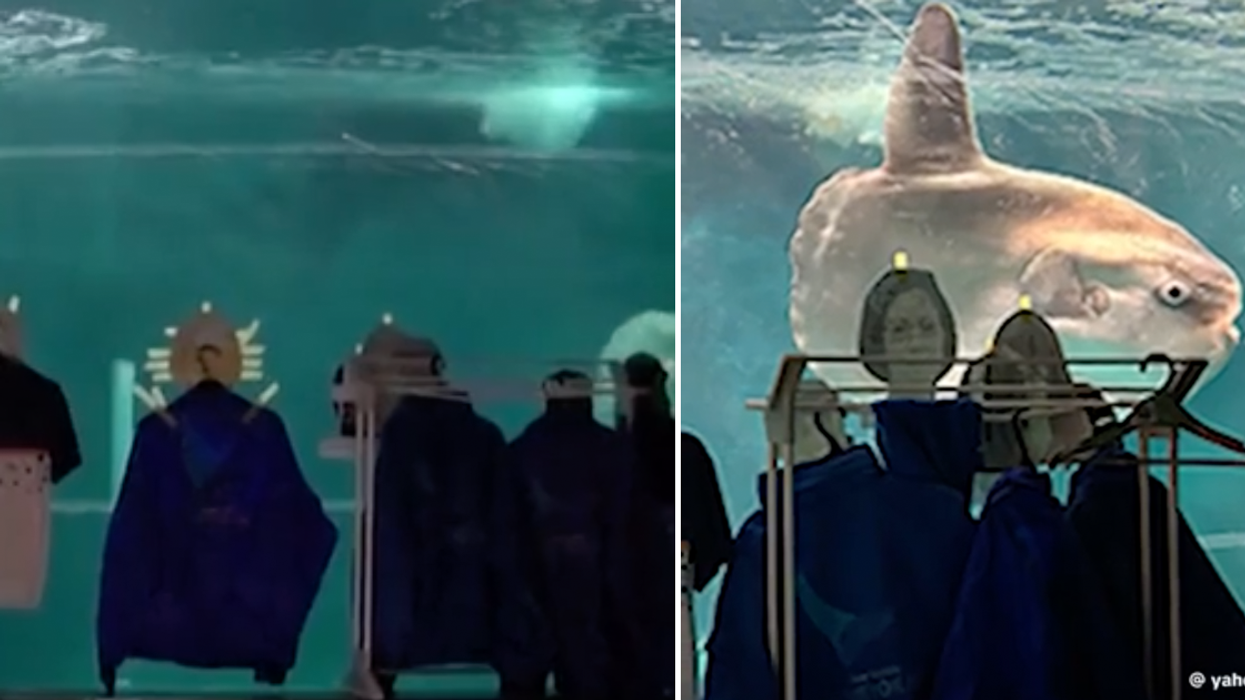

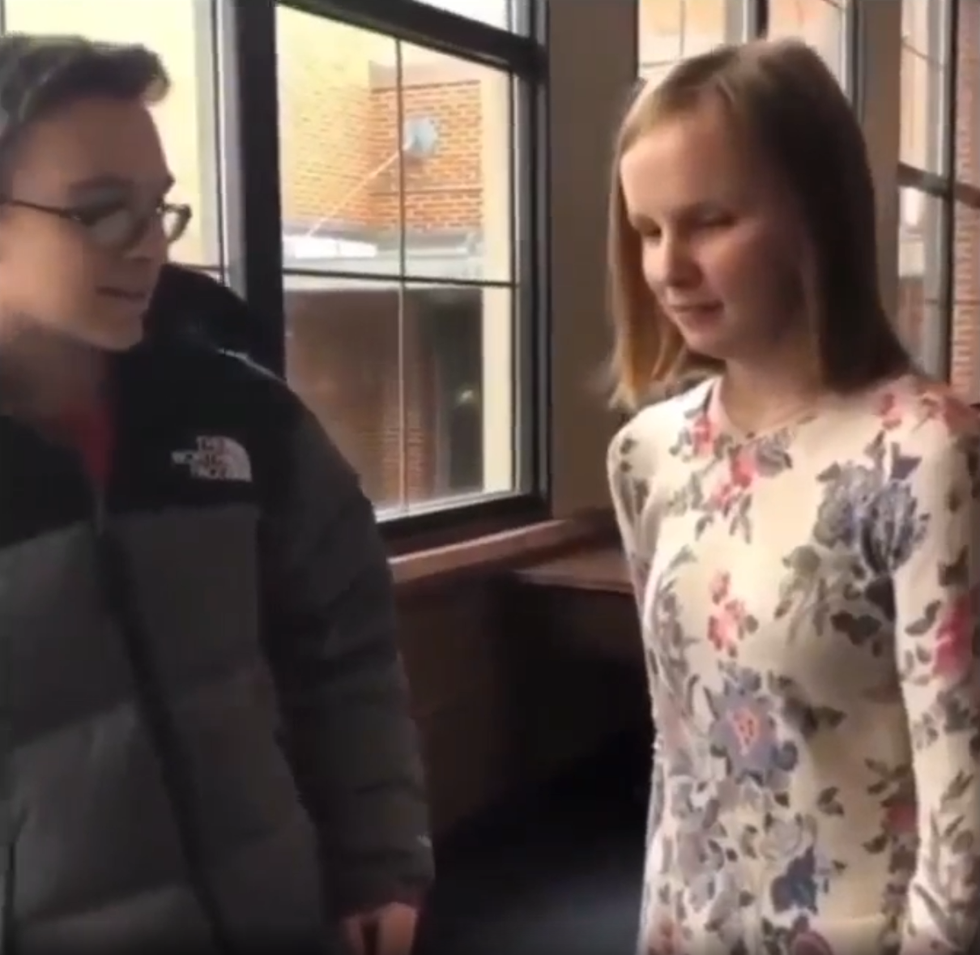 It wasn't even February, so she wasn't expecting what came next.
It wasn't even February, so she wasn't expecting what came next.  The hug came first, the 'yes' took a few moments more.
The hug came first, the 'yes' took a few moments more. 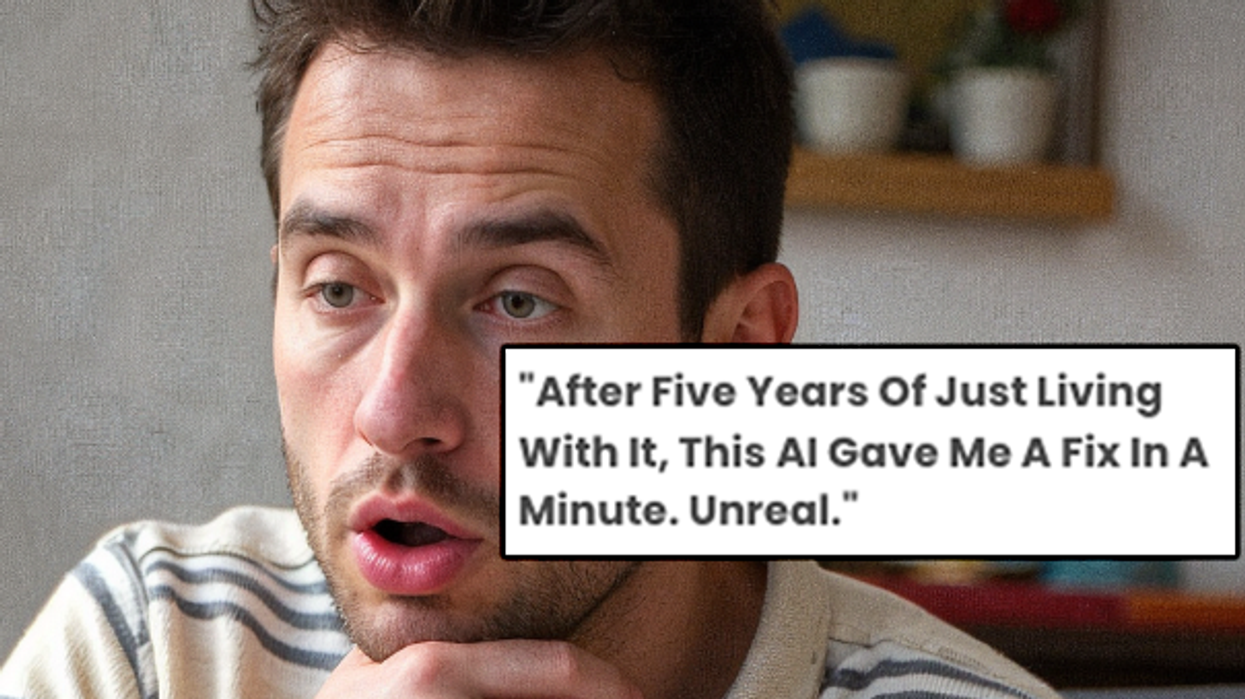



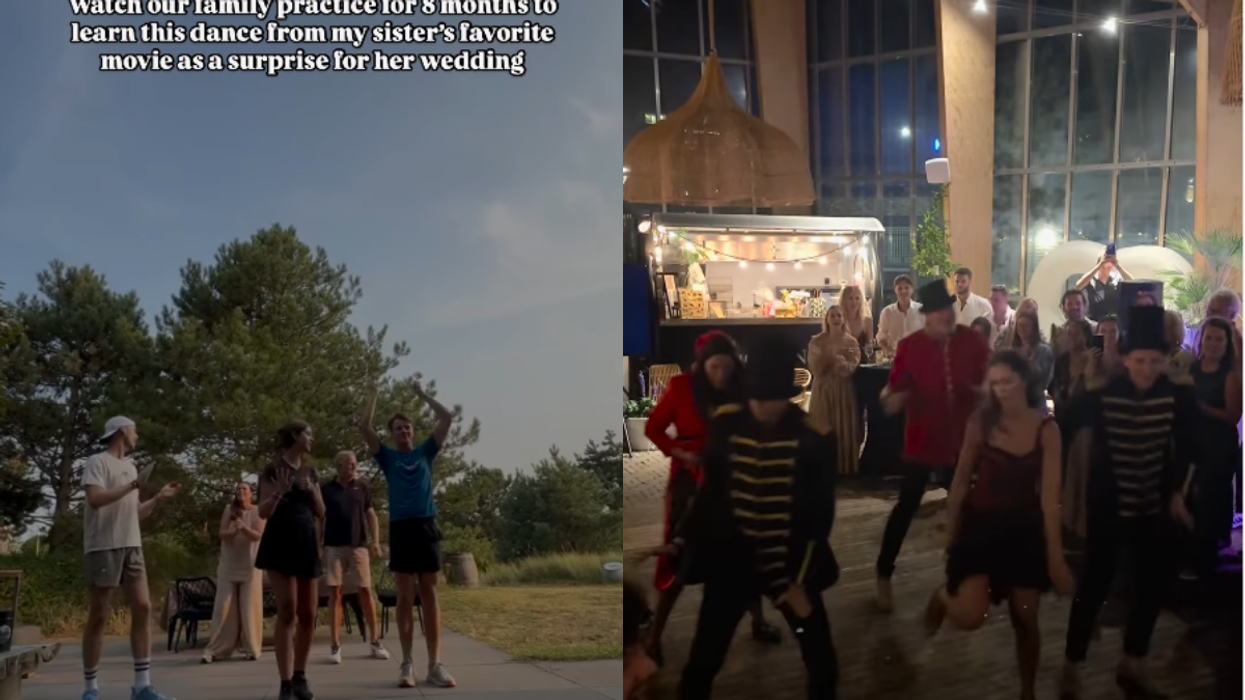
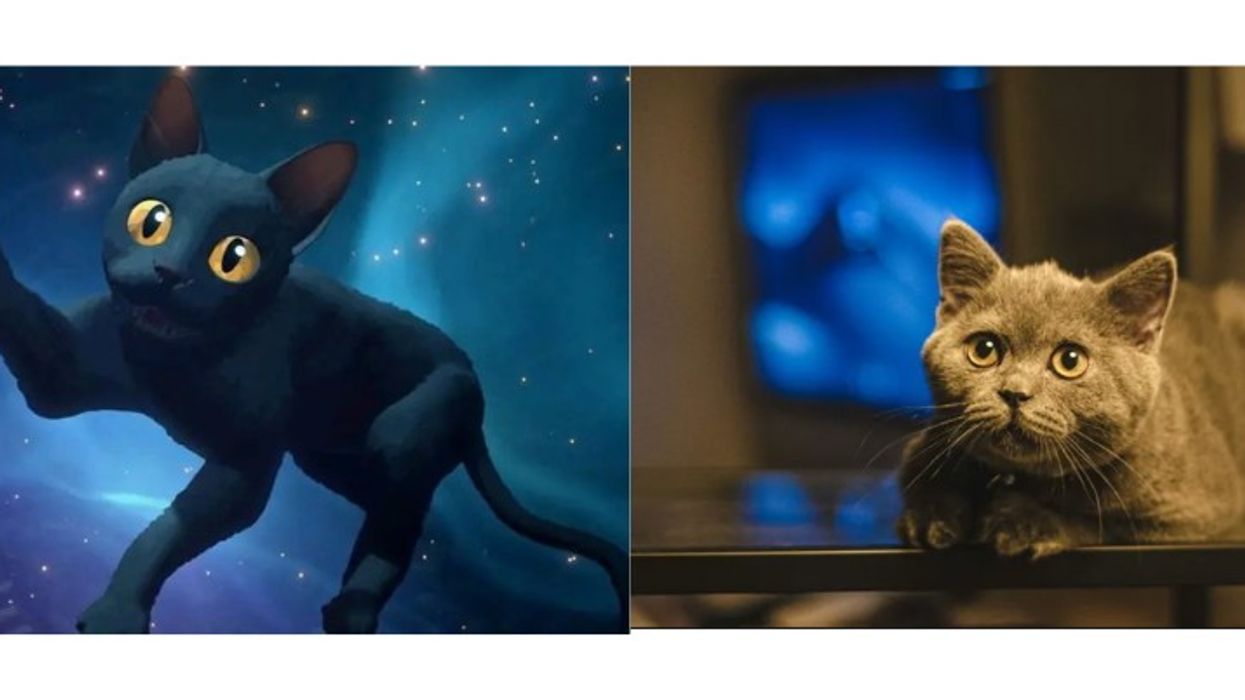

 Representative Image Source: Pexels | Oleksandr P
Representative Image Source: Pexels | Oleksandr P  Layout of the plane seatsImage Source: Mumsnet |
Layout of the plane seatsImage Source: Mumsnet | 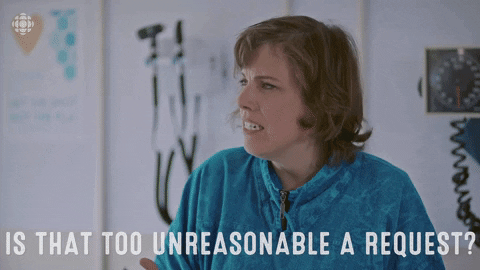



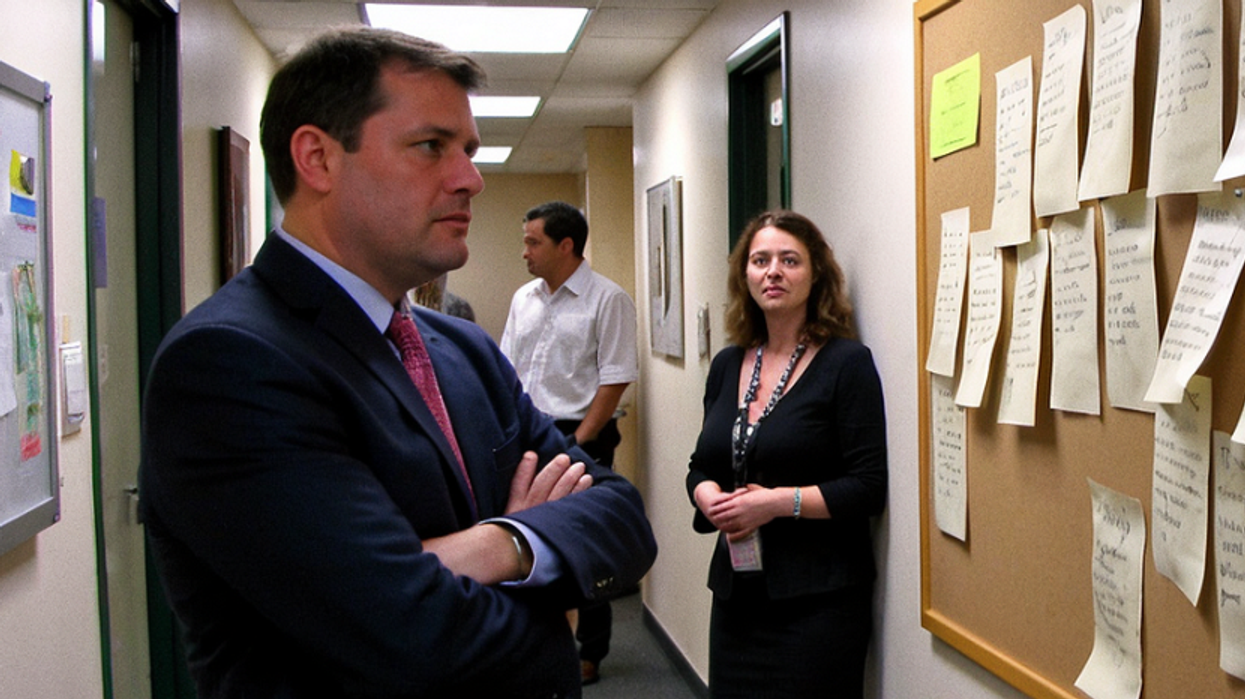
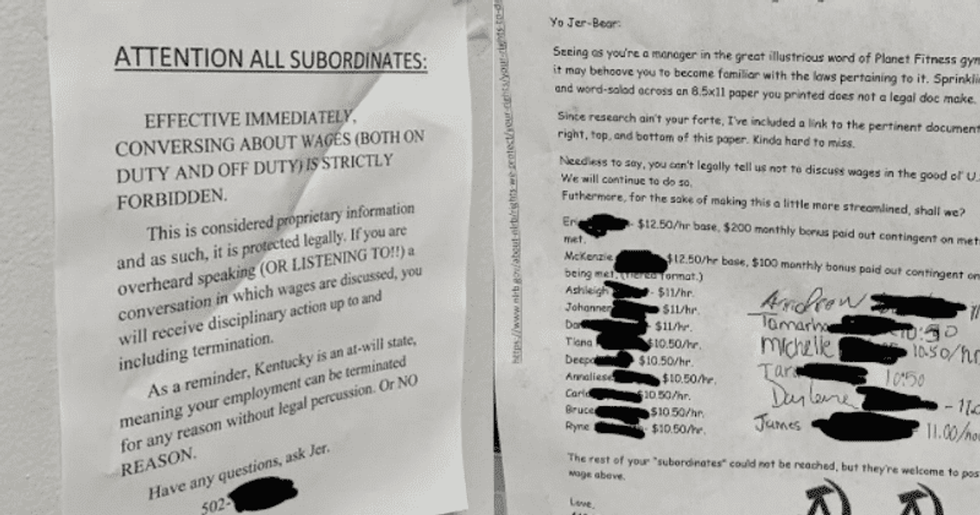 Image Source: Joshua Potash | Reddit
Image Source: Joshua Potash | Reddit 


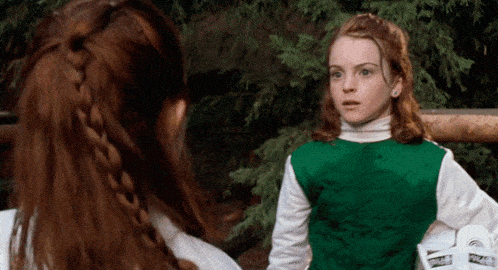
 Representative photo by luis arias |
Representative photo by luis arias | 
 Representative photo by Jamie Lee |
Representative photo by Jamie Lee | 
